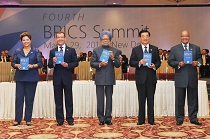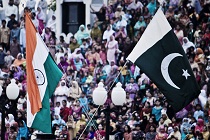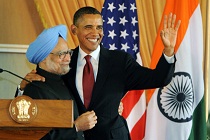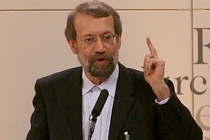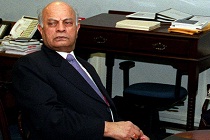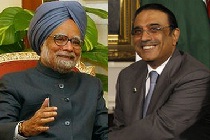BRICS builds on Africa
The fifth BRICS summit will take place from 26-27 March with South Africa - a late entrant to the grouping - playing host. Although sceptics have questioned the salience of this bloc, the group is essentially a work in progress. Expectations, therefore, must be modest and pragmatic.

